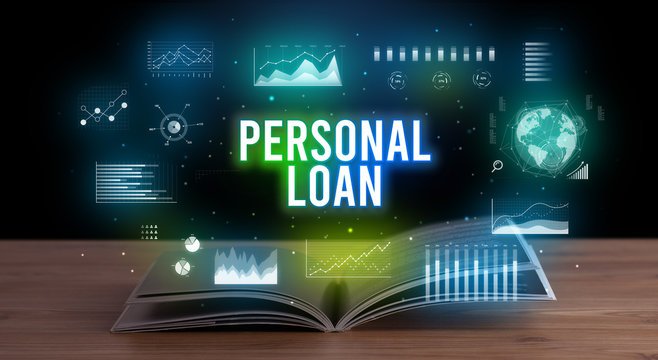When it comes to borrowing money, there are generally two types of loans to consider: secured and unsecured loans. These loans differ in terms of the collateral required, interest rates, and risk levels. In this article, we will explore the differences between secured and unsecured loans to help you make an informed decision when considering borrowing options.
secured Loan
A secured loan is a type of loan that is backed by collateral. Collateral is an asset that you own, such as a house, car, or other valuable property. When you take out a secured loan, the lender has the right to seize the collateral if you fail to repay the loan. This provides the lender with a level of security, hence the name “secured” loan. One of the main advantages of a secured loan is that it typically offers lower interest rates compared to unsecured loans. This is because the lender has a lower level of risk since they can recover their money by selling the collateral. Additionally, secured loans may also offer higher borrowing limits since the collateral provides added assurance for the lender. Common examples of secured loans include mortgages, auto loans, and home equity loans. These loans are often used for specific purposes, such as buying a house or a car. However, it’s important to note that defaulting on a secured loan can result in the loss of the collateral, so careful consideration is essential before taking on this type of loan.
Unsecured Loans
Unlike secured loans, unsecured loans do not require any collateral. These loans are solely based on the borrower’s creditworthiness and ability to repay the loan. Since there is no collateral involved, unsecured loans are considered riskier for lenders, resulting in higher interest rates. One of the main advantages of unsecured loans is the flexibility they offer. These loans can be used for various purposes, such as debt consolidation, home improvements, or even funding a wedding. Additionally, unsecured loans do not put any of your assets at risk, as there is no collateral involved. Common examples of unsecured loans include personal loans, credit cards, and student loans. These loans are often more accessible to individuals with good credit scores, as lenders rely heavily on creditworthiness when determining eligibility. However, it’s important to note that unsecured loans typically have lower borrowing limits compared to secured loans.
Choosing the Right Loan
When deciding between a secured and unsecured loan, it’s important to consider your financial situation, borrowing needs, and risk tolerance. If you have valuable assets that can be used as collateral and are looking for lower interest rates and higher borrowing limits, a secured loan may be the right choice for you. On the other hand, if you prefer flexibility and do not want to put any of your assets at risk, an unsecured loan may be more suitable. It’s also crucial to evaluate your creditworthiness. If you have a good credit score and a stable income, you may have more options when it comes to unsecured loans. However, if your credit score is lower or you have a limited credit history, securing a loan with collateral may be a better option. In conclusion, understanding the differences between secured and unsecured loans is essential when considering borrowing options. Secured loans offer lower interest rates and higher borrowing limits but require collateral, while unsecured loans provide flexibility but come with higher interest rates. Assessing your financial situation and risk tolerance will help you make an informed decision and choose the loan that best suits your needs.
Conclusion
understanding the differences between secured and unsecured loans is essential when considering borrowing options. Secured loans require collateral, such as a car or property, to secure the loan, providing the lender with a guarantee in case of default. Unsecured loans, on the other hand, do not require collateral and are based solely on the borrower’s creditworthiness. Secured loans offer lower interest rates and higher borrowing limits, making them a suitable option for those with valuable assets to pledge. However, the risk of losing the collateral in case of non-payment is a significant consideration.
read also: Secure Your Future with the Best Global Life Insurance Companies
